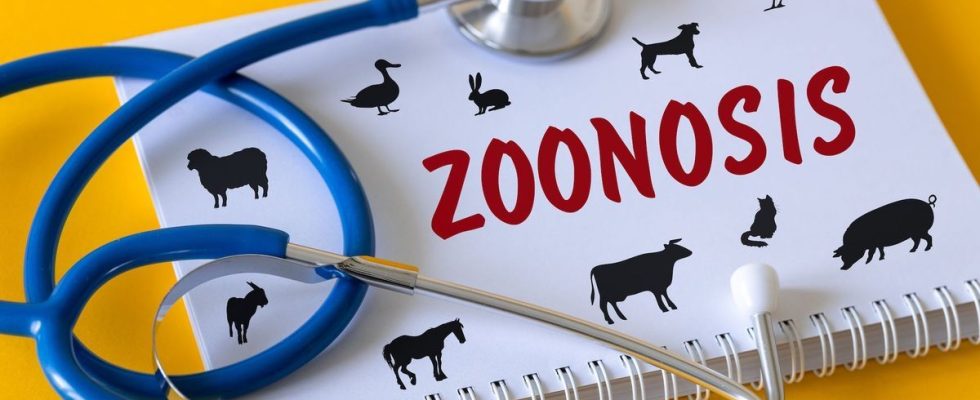Published on
Updated
Reading 1 min.
Over the coming years, the diseases likely to most seriously threaten human health will be linked to zoonoses, transmitted from animals to humans and vice versa, and to arboviruses, transmitted in particular by mosquitoes, warns Covars on Wednesday in its latest opinion .
“These risks exist, we don’t know when they will happen but we know that they will happen“, underlined the president of the Committee for Monitoring and Anticipation of Health Risks (Covars) Brigitte Autran during a press briefing.
35 infectious diseases identified
At the beginning of the week, Covars submitted this opinion to the Ministers of Health and Research on the risks of exceptional health situations to come over the next five years in France.
After consulting numerous French and international organizations and experts, he identified 35 infectious diseases likely to hamper human health, some of which have a high level of risk.
Among them, zoonoses such as pandemic respiratory infections (zoonotic influenza and new coronaviruses) and arboviruses (notably dengue and West-Nile virus infection).
The possible occurrence of disease “X”, linked to an emerging pathogen unknown today, also appears in this class as well as acute winter respiratory infections.
Increased risk of disease circulation
In addition to epidemic and infectious risks, there are events linked to climate and environmental changes that are likely to further increase the risk of circulation of emerging diseases whose origin is mainly animal.
“One of the consequences of global warming is the lengthening of the period of the year which will be favorable to the multiplication of vectors; for example, the tiger mosquito could reach larger populations over the course of a year and therefore potentially be at greater risk.“, illustrated eco-epidemiologist Patrick Giraudoux, member of Covars.
“We will also have increasing exposure to ozone, an oxidant which will make respiratory infections more likely.“, he continued.
“The collapse of biodiversity” will be another favorable factor for the “spread of epidemic vectors“, according to him.
In this context, it is urgent, according to Covars, to strengthen the healthcare system.in order to avoid overflows at the slightest occurrence of a health risk“.
The committee also calls in particular for “monitor inter-mammal and inter-species transmission events” and “animal reservoirs“.
